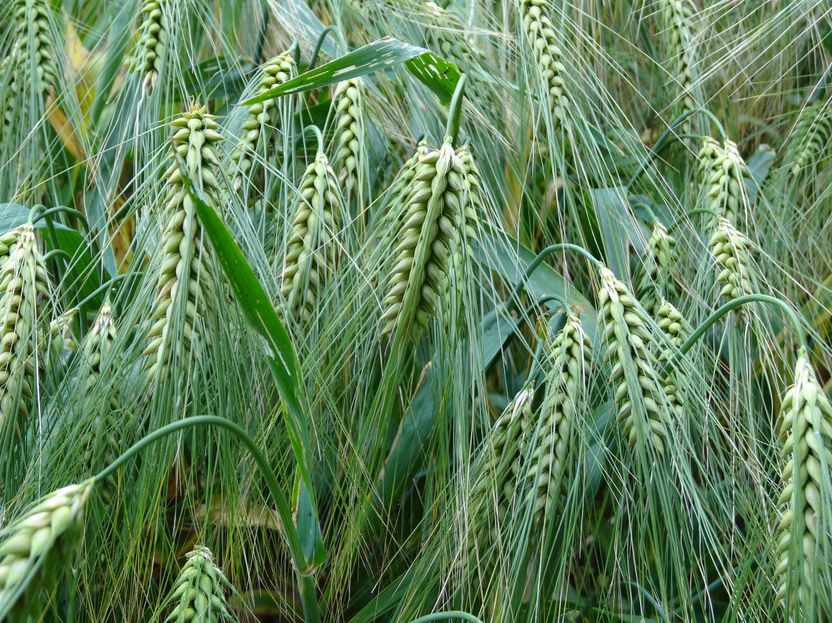Researchers are breeding drought-tolerant malting barley Scientists at the University of Bonn now want to test the plant in field trials
Advertisement
Scientists at the Universities of Bonn and Halle have developed a barley line that survives droughts much better. In elaborate experiments, they crossed malting barley with a wild type of barley from Israel. It grows there in dry semi-desert areas. The study is published in the journal "Plant Physiology", but is already available online.

pixabay/PixelAnarchy
Cultivated barley is designed for high yields. However, it cannot cope well with prolonged dry periods - a fact that many farmers will feel in their wallets after the extremely dry summer. The wild barley species ISR42-8, on the other hand, is used to a lack of water: It originates from Israel and grows there in dry semi-desert areas. The reason for the drought tolerance is its ability to produce large quantities of the amino acid proline if required. To a certain extent, it is capable of "holding" water in the cell. It also protects important enzymes and other proteins from harmful oxygen radicals.
The barley cultivated in Germany also produces proline - the amino acid is so important that it is impossible without it. "While ISR42-8 accumulates proline in drought stress, cultural barley is not able to do this," emphasizes Dr. Ali Ahmad Naz, lecturer at the Institute of Crop Sciences and Resource Conservation (INRES) at the University of Bonn.
The reason for this difference was previously unknown in barley. The scientists therefore decided to cross Israeli barley with a common German cultivated variety, the malting barley "Scarlett". In fact, some of the offspring were able to cope with periods of drought much better than Scarlett. However, they were not able to compete with the cultivated variety in terms of yield.
Therefore, the researchers now carried out a series of elaborate back-crossings between the offspring and Scarlett. "We wanted to gradually eliminate all genetic information from the wild plant and only retain the drought tolerance gene," Naz explains. Genetic investigations showed that this strategy worked: The plants cultivated in this way were almost completely identical to Scarlett in terms of their genetic material.
Differences were only found in the so-called P5cs1 gene. This genetic make-up contains the building instructions for an enzyme that catalyzes the production of proline. This information is preceded (as with most genes) by a promoter - a sequence that can be used to regulate how often the actual building instructions are read.
Malting barley cannot ramp up proline production in drought.
"This regulator has been altered in the drought-sensitive Scarlett plants," Naz says. "Barley forms certain molecules during drought, which normally attach themselves to the promoter and ensure that the P5cs1 gene is read more frequently. As a result, the plant produces more proline and can cope better with the lack of water. In barley, however, the promoter is so mutated that the activator molecules can no longer bind to it."
The newly developed line, on the other hand, again contains the original promoter. It therefore copes much better with water shortages than cultural barley, without there otherwise being any visible differences. "This is at least what our experiments in the institute's own greenhouses show," Naz emphasizes. "We now want to make our plant available to growers for further field trials."
If these are successful, farmers could benefit considerably from the newly developed line. But the new variety is also a great success for another reason: "Proline is an important starting material for drugs," Naz explains. "Our plants should therefore also be of interest to the pharmaceutical industry."


































































